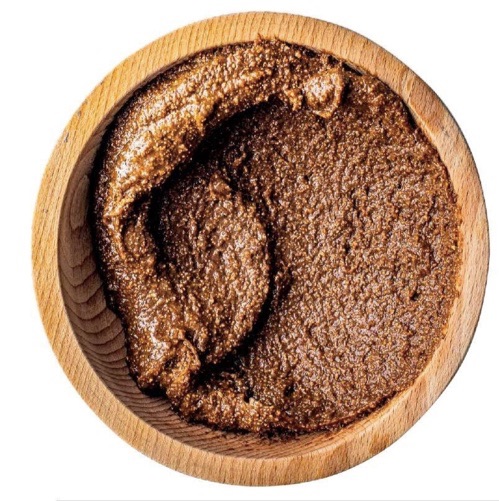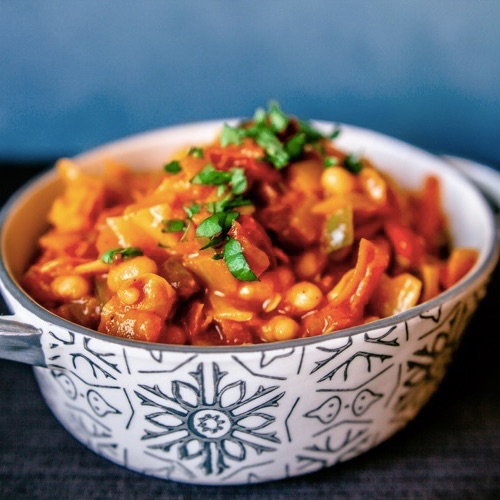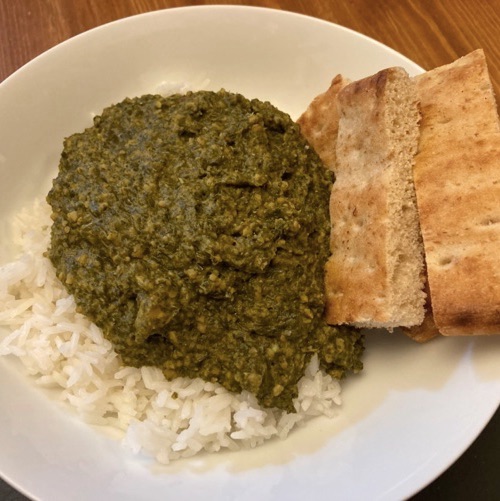Botswana has a rich and diverse culinary heritage, with a variety of traditional foods that are enjoyed throughout the country.
Keep reading to learn more about the best traditional food of Botswana. If you’ve tried some of the dishes, be sure to comment below.
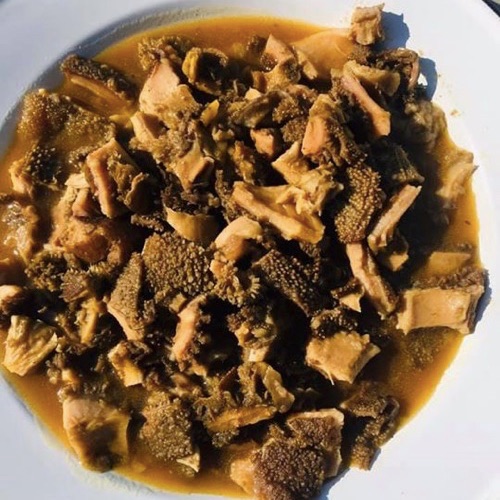
Best Traditional Food in Botswana
Below you’ll find a list of the some of the best traditional food in Botswana.
Seswaa
Seswaa is a traditional meat dish from Botswana, which is made by boiling and shredding beef, goat, or lamb meat. The meat is typically seasoned with salt and pepper, and sometimes onion and garlic, before being boiled until it is tender enough to shred with a fork.
The dish is usually served with a thick maize porridge called pap. Pap is a staple food in Botswana and many other African countries. Seswaa is often prepared in large quantities and served at special occasions like weddings, funerals, and other cultural events.
Seswaa is a simple yet flavourful dish that is beloved by many in Botswana and beyond. It’s an important part of Botswana’s culinary heritage and cultural identity. Moreover, it continues to be enjoyed by a broad range of people in the country.
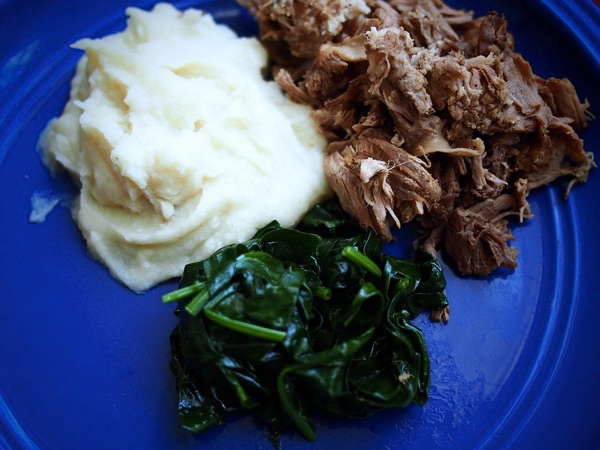
Bogobe Jwa Lerotse
Bogobe jwa lerotse, also known as “Lerotse porridge”, is a traditional dish from Botswana. It is a type of porridge made from sorghum flour and is a staple food in many households in Botswana.
To make bogobe jwa lerotse, sorghum flour is mixed with water to form a thick, smooth paste. The paste is then cooked over low heat, stirring constantly, until it thickens into a smooth, creamy porridge.
The porridge is usually served hot and can be eaten with various accompaniments such as meat, vegetables, or milk.
Bogobe jwa lerotse is a nutritious and filling meal that is high in carbohydrates and provides energy for the day. It is also rich in fibre, vitamins, and minerals such as calcium, iron, and potassium.
Serobe
Serobe is a traditional Botswana dish made from the intestines and internal organs of goats or sheep.
The organs are boiled until they are tender and then fried with onions, tomatoes, and spices such as chili powder and coriander. The dish is often served with pap (maize porridge) or bread and is a popular street food in Botswana.
Although the idea of eating internal organs may seem unusual to some, serobe is considered a delicacy by many in Botswana and is a favorite dish at special occasions such as weddings, funerals, and other cultural events.
It’s a rich and flavourful dish that showcases the resourcefulness of Botswana’s culinary traditions, using every part of the animal for sustenance.
Serobe is a dish that has been passed down through generations in Botswana and is an important part of the country’s cultural heritage. It’s a reminder of the country’s traditional way of life, which valued sustainability, resourcefulness, and community, and it continues to be enjoyed by people of all ages and backgrounds today.
Chotlho
Chotlho, also known as Botswana beef stew, is a traditional dish from Botswana that consists of beef stewed with vegetables and spices.
The dish typically includes onions, tomatoes, and green peppers, as well as spices such as chilli powder, cumin, and coriander. Chotlho is often served with pap, a maize porridge that is a staple food in Botswana and many other African countries.
To prepare chotlho, the beef is first browned in a pot with oil. Then the vegetables and spices are added and simmered until the meat is tender and the vegetables are soft. The dish is usually cooked for several hours to allow the flavors to develop and the meat to become tender.
Chotlho is a hearty and flavourful dish that is beloved by many in Botswana and is often served at special occasions such as weddings, funerals, and other cultural events. It’s an important part of Botswana’s culinary heritage and cultural identity.
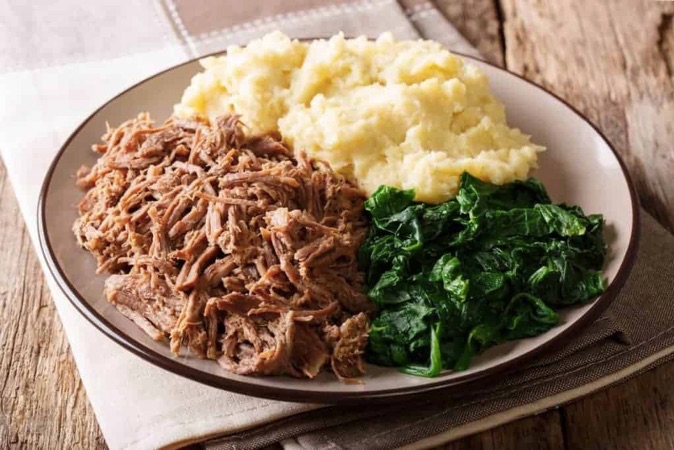
Phane
Phane is a traditional food from Botswana that consists of the edible caterpillar of the Emperor Moth. These caterpillars are a good source of protein and are considered a delicacy in many parts of southern Africa. They are known as mopane worms in Namibia and South Africa.
To prepare phane, the caterpillars are first collected from trees and bushes in the wild, then they are either dried or smoked to preserve them.
Once they are ready, they are soaked in water to rehydrate and then boiled until they are tender. Phane is typically served as a snack or side dish, often with a sauce made from tomatoes and onions.

